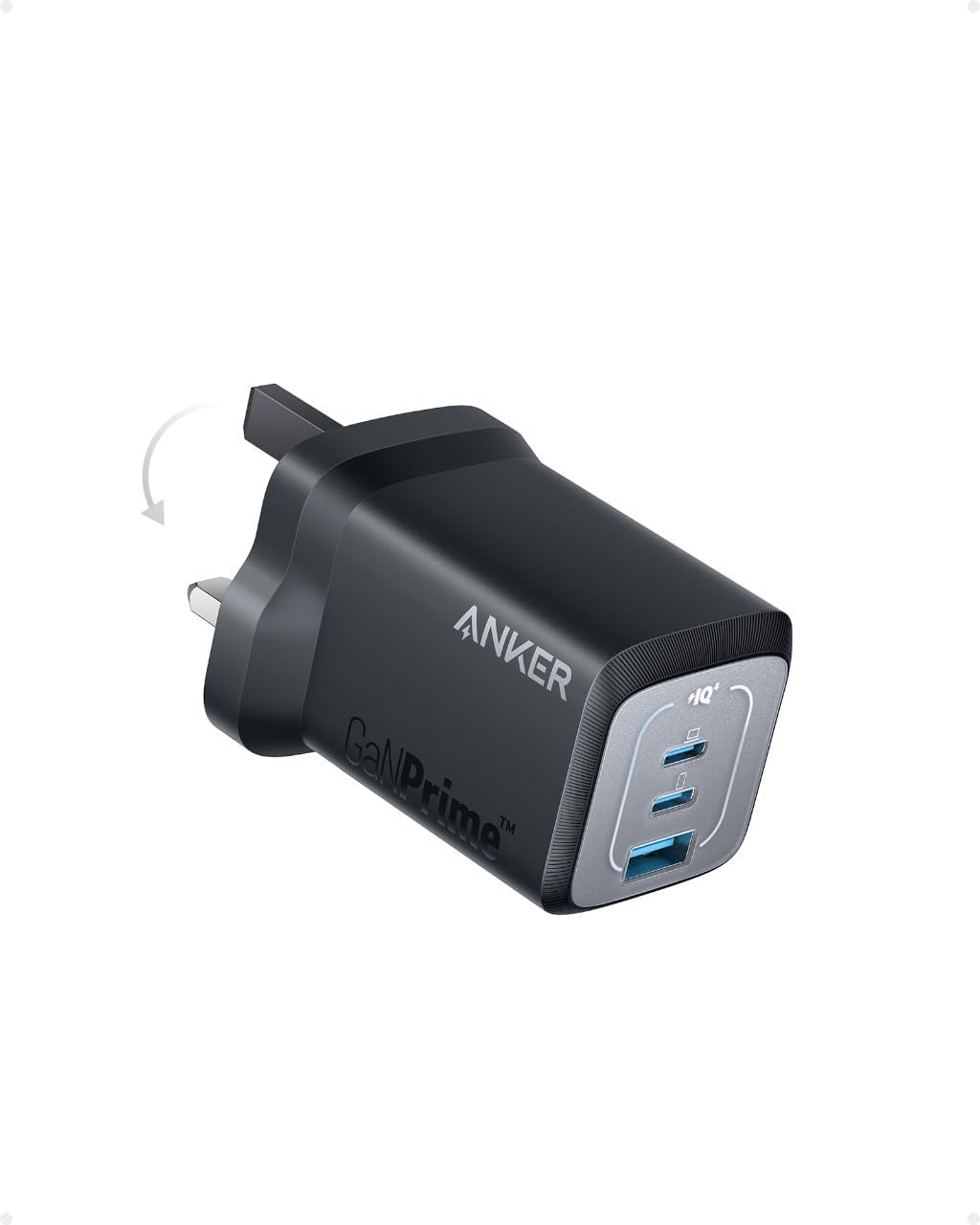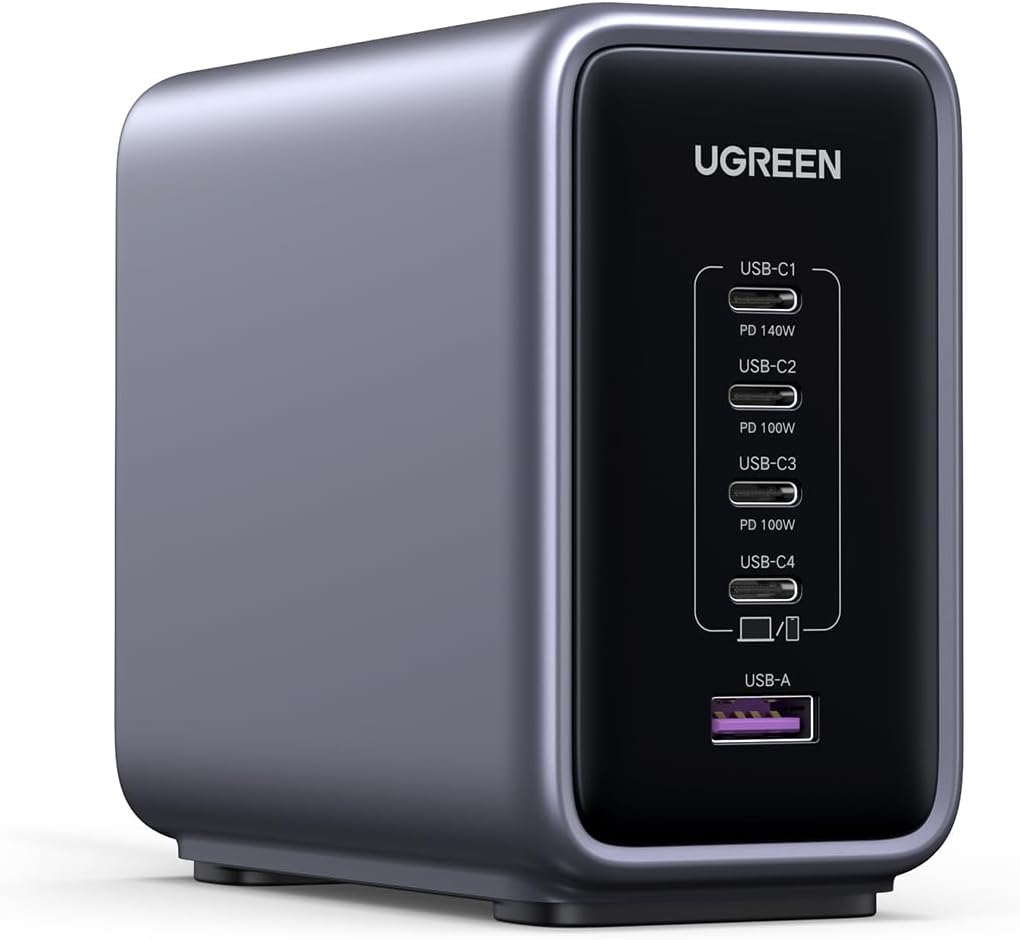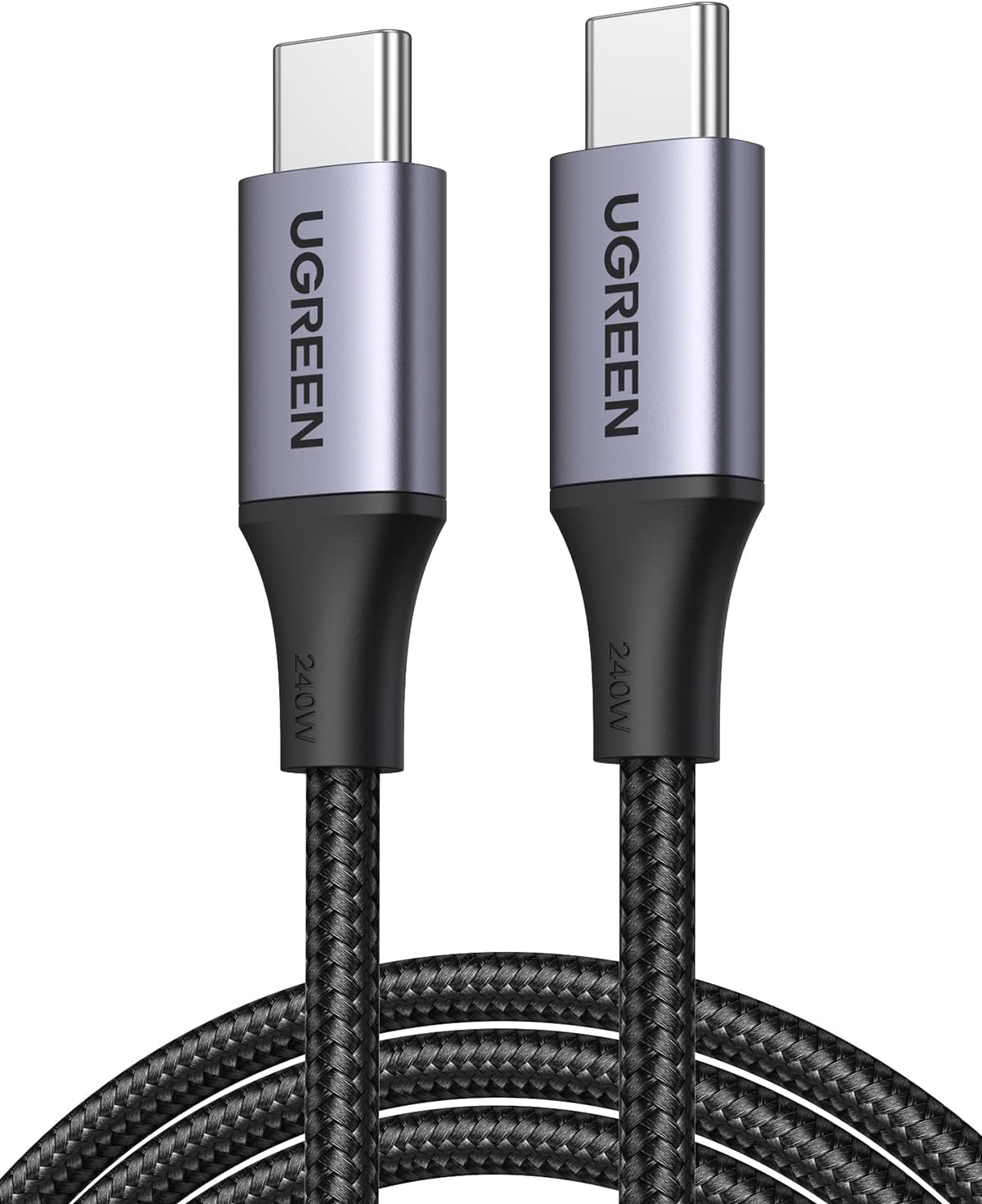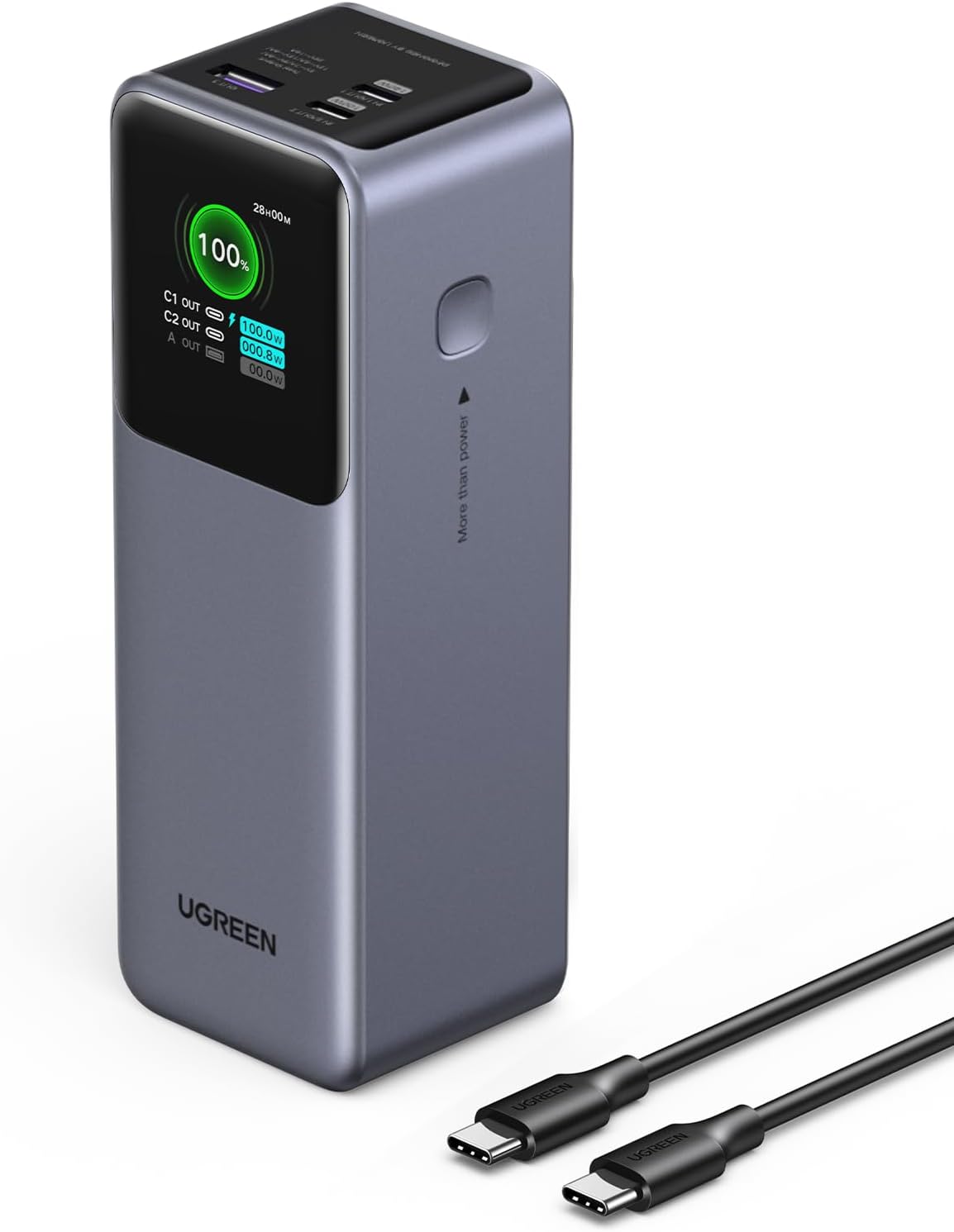Does Your Phone Charge Faster in Low Power Mode? No, But…
Uncover the truth behind fast charging and discover the best tools to truly supercharge your devices in 2025. Learn why the answer is no to: Does Your Phone Charge Faster in Low Power Mode?
It’s a common assumption: if Low Power Mode makes your battery last longer, surely it must also make it charge faster, right? The short answer is no, it doesn’t directly make your phone charge faster.
In fact, focusing on Low Power Mode misses the real “tricks” to supercharging your device. While Low Power Mode is excellent for battery conservation, it doesn’t magically increase the flow of electricity into your phone.
Understanding the true mechanics of fast charging is key to significantly reducing your downtime.
What Low Power Mode Actually Does
Low Power Mode (on iPhones) and Battery Saver (on Android devices) are designed to reduce your phone’s power consumption. They achieve this by:
- Reducing background app refresh: Apps stop updating content in the background, conserving energy that would otherwise be used for data retrieval and processing.
- Limiting visual effects: Screen brightness might be lowered, and animations simplified or disabled, reducing the energy drain from the display and graphics processing unit.
- Slowing down CPU performance: Your phone’s processor runs at a lower speed, sacrificing some responsiveness for significant power savings. This directly impacts how much power your phone consumes at any given moment.
- Disabling automatic downloads: App updates, email fetches, and iCloud Photo Library syncs are paused, preventing large data transfers that consume considerable battery life.
- Turning off “Hey Siri” (on iPhones): The always-listening feature, which constantly monitors for voice commands, is disabled.
- Reducing screen auto-lock time: Your screen turns off faster when idle, minimizing power usage from the display.
By doing these things, Low Power Mode minimizes the energy your phone uses, thus extending the time before it needs a recharge. It doesn’t, however, increase the speed at which your phone’s battery receives power from the charger.
So, Why the Confusion?
The misunderstanding likely comes from the experience that when your phone is consuming less power, the battery percentage appears to climb faster because the charging process isn’t fighting against active battery drain. Imagine filling a bucket with a hole in it; if you plug the hole, the water level rises faster.
Similarly, by reducing power consumption, your phone reaches a higher charge percentage more quickly because less energy is being immediately used by the device. But the actual speed of charging (the raw rate at which milliamp-hours, or mAh, are added to the battery) remains primarily unaffected by Low Power Mode.
The Real “Tricks” to Faster Phone Charging
If you’re looking to charge your phone as quickly as possible, forget Low Power Mode. Instead, focus on these critical factors. Modern fast charging technologies have revolutionized how quickly we can power our devices, transforming charging from an overnight chore to a quick top-up in minutes.
For instance, many flagship phones can now achieve a 50% charge in just 20-30 minutes, a feat unimaginable just a few years ago. This incredible speed is unlocked by focusing on the right charging ecosystem.
1. The Right Charger (The Most Impactful)
The charger you use is arguably the single most important factor determining your charging speed. It’s the powerhouse that delivers electricity to your device.
- Matching Wattage and Protocols: Your phone has a maximum charging speed it can handle (e.g., 20W for iPhones, 45W for some Samsung models, 100W+ for certain Android flagships). To charge fastest, use a wall charger (or power bank) that provides at least that much wattage and supports the necessary fast charging protocols. For iPhones (from iPhone 8 onwards) and many Android phones, this is often USB Power Delivery (PD) with PPS (Programmable Power Supply). Some Android phones also use Qualcomm Quick Charge (QC) or proprietary standards like SuperVOOC (OnePlus/Oppo), HyperCharge (Xiaomi), or Super Fast Charging (Samsung). Using a weak 5W charger on a phone that supports 25W will literally take hours longer.
- GaN (Gallium Nitride) Chargers: These are the future of charging. GaN technology allows chargers to be significantly more efficient, smaller, and run cooler while delivering higher power outputs. This means less wasted energy and a more compact design for travel or everyday use. They are a worthwhile investment for anyone serious about speed and efficiency.
2. The Right Cable
Often overlooked, your charging cable plays a vital role in enabling fast charging. A high-wattage charger is useless if your cable can’t transmit that power efficiently.
- High-Quality & Compatible: A cheap, old, or damaged cable can be the weakest link in your fast-charging setup, acting as a significant bottleneck for even the most powerful charger. Ensure your cable is rated to handle the wattage of your charger (e.g., a 100W cable for a 100W charger). For the fastest speeds, especially with USB Power Delivery, a USB-C to USB-C cable is almost always essential, as it supports the higher power flows required by modern fast charging standards. Cheap cables might claim high wattage but fail to deliver it reliably or safely.
3. Optimize Your Phone’s Usage While Charging
What your phone is doing while plugged in directly impacts how quickly it accumulates charge. The less power it consumes, the faster it will appear to charge.
- Turn Your Phone Off: This is the absolute fastest way to charge. When off, no power is consumed by the screen, processor, or apps, allowing all incoming power to go straight to the battery. This can shave significant time off your charging cycle.
- Enable Airplane Mode: If turning it off isn’t an option, switching to Airplane Mode cuts off all wireless communication (cellular, Wi-Fi, Bluetooth, GPS), significantly reducing power drain. This allows more of the incoming power to be dedicated to charging the battery.
- Avoid Using Your Phone: Gaming, streaming, or heavy Browse while charging means your phone is drawing power as fast as it’s receiving it, significantly slowing down the net charging speed. If you must use your phone, keep usage light.
- Close Background Apps: Even idle apps can consume resources in the background. Close unnecessary applications before plugging in to minimize power consumption.
4. Manage Heat
Heat is a battery’s worst enemy. Excessive heat not only slows down charging but can also degrade your battery’s long-term health.
- Keep It Cool: If your phone gets too hot, it will intentionally slow down charging to prevent damage (a process called thermal throttling). This is a built-in safety mechanism.
- Remove bulky cases that trap heat.
- Avoid charging in direct sunlight or hot environments like under a pillow or blankets.
- Ensure good airflow around your device while it charges.
5. Battery Health
The age and condition of your phone’s battery significantly influence its ability to fast charge.
- Aging Batteries: As batteries age, their internal resistance increases, and they become less efficient at receiving and holding a charge. An older phone battery will naturally charge slower than a new one, even with the fastest charger. Monitoring your battery health (often available in your phone’s settings, like “Battery Health & Charging” on iPhones) can give you an indication of its capacity and expected charging performance. If your battery capacity is significantly degraded, replacement might be the only way to restore true fast charging.
Recommended Products for Fastest Charging (May 2025)
To truly achieve the fastest charging speeds for your phone, it’s not just about one component; it’s about a harmonious ecosystem of compatible, high-performance gear. Here are our top picks for wall chargers, USB-C cables, and power banks, representing the cutting edge in portable power solutions.
Fastest Wall Chargers
Anker Prime 67W GaN Charger (3-Port)

This compact GaN charger offers 67W of power via multiple USB-C and USB-A ports, making it highly versatile for daily use. 67W PD is more than enough to fast-charge most modern flagship phones (which typically max out around 25W-45W PD).
Anker’s “Prime” series often includes advanced features like PowerIQ 4.0 for intelligent power distribution across ports, ensuring your devices get optimized charging.
- Speed Potential: Capable of charging an iPhone 15 Pro Max to 50% in under 30 minutes, or a Samsung Galaxy S24 Ultra at its full 45W speed. Excellent for fast-charging most smartphones and even compact laptops like the MacBook Air.
UGREEN 300W USB C Charger, 5 Ports Charging Station USB C Charger Block GaN Fast Charger

This UGREEN desktop charging station is a significant investment, representing the pinnacle of multi-device power delivery. It boasts a colossal 300W of total output across multiple USB-C and USB-A ports, with individual USB-C ports capable of 140W (PD 3.1).
This powerful GaN charger is not just for phones; it allows for simultaneously ultra-fast charging of multiple power-hungry devices like a 16-inch MacBook Pro, a gaming laptop, a tablet, and a smartphone, all at their peak speeds.
It’s designed for sustained heavy loads and often features a display for real-time power monitoring, making it an efficiency powerhouse for any modern workstation.
- Speed Potential: Can deliver a full 140W to a compatible MacBook Pro, or provide the absolute maximum power any phone can draw via PD (e.g., a phone accepting 80W via PD would get that full speed). This single unit is designed to replace an entire array of individual chargers, providing unparalleled convenience and speed.
Fastest USB-C Cables
Anker USB C to USB C Charger Cable (6ft/1.8m), 100W USB 2.0 Type C Cable, Fast Charging

Anker’s PowerLine III or 543 series cables are renowned for their durability and reliable fast-charging performance. A 100W rating ensures this cable can handle the power output of most fast chargers and power banks for phones, tablets, and even many laptops.
They include the necessary E-Marker chip for intelligent power negotiation, and are often nylon braided for extra durability, making them a reliable everyday choice.
- Speed Potential: Enables full 100W charging for compatible devices, which is generally more than enough for current flagship phones (e.g., 45W for Samsung, 27W for iPhone). A strong, high-quality cable is essential to avoid bottlenecks in your fast-charging setup.
UGREEN 240W USB C Charger Cable PD 3.1

Designed for the bleeding edge of power delivery (USB PD 3.1), these cables can handle up to 240W (48V/5A), allowing for the absolute fastest charging of the most power-hungry devices like high-end gaming laptops or advanced docking stations.
They feature robust construction and advanced E-Marker chips to ensure stability and safety at extreme power levels, providing ultimate future-proofing for your charging needs.
This cable is a premium investment for anyone who needs to ensure zero power bottlenecks.
- Speed Potential: If you have a device that can draw 140W, 180W, or even 240W via USB-C PD 3.1, this cable will ensure it receives that full power without any bottleneck. For phones, it’s extreme overkill, but guarantees no cable-related limitations whatsoever.
Fastest Power Banks
UGREEN Nexode Power Bank 25000mAh 200W PD 3.1 Laptop Portable Charger Fast Charging

This UGREEN power bank is a powerful and versatile portable charging solution. It offers an impressive 200W total output (with one USB-C port delivering 140W PD 3.1 and a second USB-C port delivering 100W). Its 25,000mAh capacity is substantial for multiple phone charges or a full laptop charge.
It features a smart digital display and allows for very fast self-recharging (up to 140W input via one USB-C port), minimizing downtime for the power bank itself.
It’s a great investment for users needing substantial portable power on the go, providing both speed and efficiency for all your devices.
- Speed Potential: Excellent for simultaneously charging two laptops or one laptop and multiple phones at high speeds. For phones, it will provide the maximum speed your device accepts (e.g., 80W on some Android devices).
Anker Prime 27,650mAh Power Bank (250W), 3-Port Portable Charger

This Anker Prime power bank represents the pinnacle of portable charging speed and innovation. It boasts a staggering 250W total output distributed across its three ports (with individual USB-C ports capable of 140W each via PD 3.1). This allows for simultaneous ultra-fast charging of demanding laptops (like a 16-inch MacBook Pro) and multiple phones.
Its 27,650mAh capacity provides significant charge cycles, making it ideal for extended trips or power-intensive workdays. For those seeking the absolute fastest and most feature-rich portable power solution, this is a premium investment.
Key features include a vibrant smart digital display that provides real-time charging wattage and remaining battery life, plus integration with the Anker app for granular control and location tracking. Crucially, it also recharges itself incredibly fast (up to 170W input), meaning minimal downtime for the power bank itself.
- Speed Potential: Can charge a 16-inch MacBook Pro to 50% in under 30 minutes, while simultaneously fast-charging a phone. For phones, it provides whatever maximum speed your phone accepts via PD. Its superior total output and ultra-fast self-recharge are its key advantages for professionals and power users.
Frequently Asked Questions About Fast Charging
Will fast charging damage my phone’s battery in the long run?
Modern phones and chargers are designed with sophisticated battery management systems to prevent damage. While fast charging generates more heat, which is a battery’s enemy, the phone’s software dynamically throttles charging speeds to keep temperatures safe. Using reputable, certified chargers and cables is crucial.
For optimal long-term battery health, some experts suggest avoiding consistently charging to 100% or letting the battery completely drain to 0% often.
Why does my phone slow down charging when it reaches 80%?
This is a deliberate and smart feature designed to prolong battery lifespan. Charging from 0% to 80% is usually very fast (the “fast charge” phase).
The final 20% to 100% is often charged at a significantly slower rate, especially as it approaches 100%. This reduces heat buildup and stress on the battery cells, which helps maintain its overall capacity and health over hundreds of charge cycles. This is normal and beneficial behavior.
Can I use a higher wattage charger than my phone supports?
Yes, safely. Modern phones and chargers use smart negotiation protocols (like USB Power Delivery). A 100W charger plugged into a phone that only accepts 25W will only deliver 25W. The phone “tells” the charger how much power it can safely draw. The charger won’t force more power than the device requests.
However, using a much higher wattage charger can sometimes offer more ports or faster charging for other devices, making it a more versatile investment.
What’s the difference between USB-C PD and Quick Charge (QC)?
USB Power Delivery (PD) is an open-source, universal charging standard that uses the USB-C connector. It’s widely adopted by Apple, Google Pixel, Samsung (for Super Fast Charging), and many laptops. It can deliver much higher wattages (up to 240W with PD 3.1). Qualcomm Quick Charge (QC) is a proprietary standard developed by Qualcomm, primarily found in Android phones using Qualcomm Snapdragon processors. While popular, it’s less universal than PD.
Many modern phones and chargers support both, especially higher-end models, to ensure broad compatibility.
Does wireless charging offer the same speed as wired fast charging?
Generally, no. While wireless charging speeds have improved dramatically (up to 15W or even 50W+ with proprietary wireless systems), wired fast charging via USB-C PD still offers the fastest speeds for most devices.
Wireless charging is fantastic for convenience and top-ups, but if you need to go from nearly empty to full as quickly as possible, wired is usually the way to go.
How can I check my phone’s current charging speed?
Some phones have built-in battery information in their settings that might show “Charging rapidly” or “Fast charging.” For more precise data, third-party apps (e.g., Ampere for Android) can display real-time charging current and voltage, giving you a better understanding of the actual wattage your phone is receiving.
Some high-end power banks and chargers (like the Anker Prime 250W) also feature integrated displays showing real-time wattage output.
Is it better to fully charge my phone, or do frequent small top-ups?
For optimal long-term battery health, frequent small top-ups are generally preferred over letting your battery drain completely and then fully charging it. Lithium-ion batteries (used in most smartphones) experience less stress when kept between 20% and 80% charge.
Avoiding extreme lows and highs can help extend the battery’s overall lifespan, though modern battery management systems significantly mitigate the impact of charging habits.
My phone gets warm when fast charging. Is this normal?
Yes, it’s normal for phones to get noticeably warm during fast charging. Higher wattages generate more heat. As long as the phone isn’t uncomfortably hot to touch or displaying overheating warnings, it’s typically within safe operating parameters. Your phone’s internal systems will slow down charging if it gets too hot to prevent damage.
Conclusion
While Low Power Mode is an excellent tool for conserving your phone’s battery life, it won’t magically speed up the charging process. To genuinely achieve faster charging, you need to focus on the right hardware and optimal charging practices.
Investing in a high-wattage GaN charger, a robust USB-C cable, and a powerful, fast-recharging power bank will make a far more significant difference in how quickly your phone (and other devices) get back to full power. By understanding the principles of fast charging and equipping yourself with the right tools, you can ensure your devices are always ready when you need them.
Looking for the right power bank?
We’ve got you covered with reliable options and reviews, from compact daily companions to high-capacity chargers for extended trips, ensuring your devices stay powered wherever you go.